Cunninghamia lanceolata leaves Learn more about Cunninghamia lanceolata leaves
-
How to cultivate Cunninghamia lanceolata

How to cultivate Cunninghamia lanceolata
2019-03-06 -
Bonsai Culture method of Cunninghamia lanceolata

1. Soil: the bonsai soil of Cunninghamia lanceolata bonsai is mainly made of rotten leaf soil, garden soil and river sand. 2. Watering: the bonsai of Cunninghamia lanceolata likes a humid environment, and attention should be paid to spraying clear water on its leaves frequently in dry season and summer.
2018-11-17 -
How to improve the afforestation technology of Cunninghamia lanceolata wood?

How to improve the afforestation technology of Cunninghamia lanceolata wood? Cunninghamia lanceolata and Pinus massoniana are unique high-quality fast-growing wood coniferous species in southern China. For a long time, Cunninghamia lanceolata plantation has been planted in a large area in southern China.
2018-05-31 -
Culture methods and points for attention of Cunninghamia lanceolata
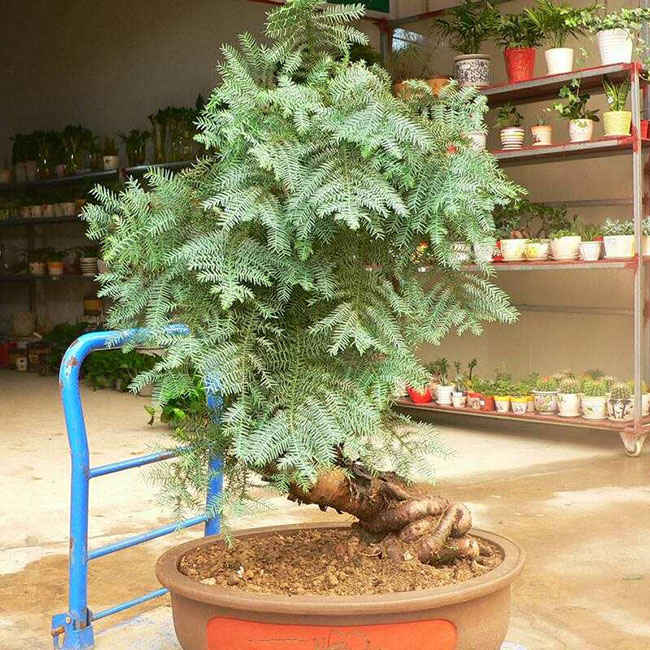
Nanyang Sequoia introduces Cunninghamia lanceolata, trees, in the origin of up to 60 to 70 meters, breast diameter of more than 1 meter, bark gray or dark gray, thick, transverse crack; large branches spreading or oblique extension, young tree crown spire, old into a flat top, lateral branchlets dense, drooping, nearly pinnate arrangement. Cunninghamia lanceolata is not resistant to cold and avoid drought.
2019-02-28 -
How to cultivate Cunninghamia lanceolata culture methods and matters needing attention

Speaking of southern fir, I believe everyone is more familiar with it, because it is more common in our life, whether in the park or in the room can see its figure. The ornamental value of Cunninghamia lanceolata is very high, and it is loved by everyone, so we all know how to cultivate it correctly.
2020-11-08 Cunninghamia lanceolata how to raise culture methods and points for attention talking about -
Culture methods and matters needing attention of Cryptomeria fortunei
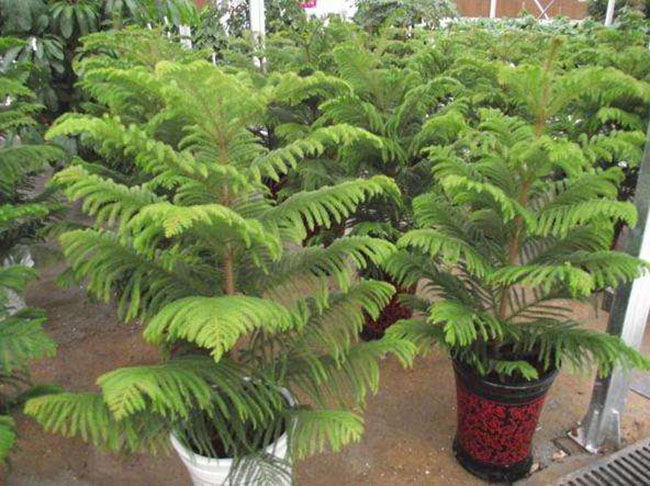
Introduction of Cunninghamia lanceolata, trees, up to 60 to 70 meters in origin, DBH more than 1 meter, bark gray-brown or dark gray, thick, transversely lobed; large branches spreading or obliquely extended, young crown tower-shaped, old into a flat top, lateral branchlets dense, drooping, nearly pinnate arrangement. Cunninghamia lanceolata is not resistant to cold and avoid drought.
2019-02-27 -
Application and Popularization of Chemical Weed Control techniques in Seedling raising of Cunninghamia lanceolata
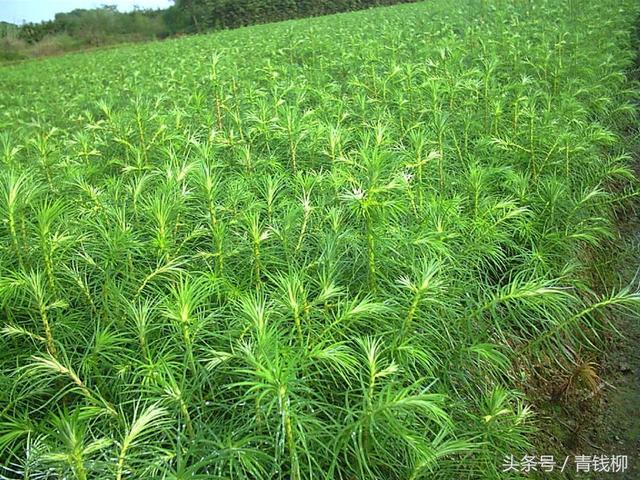
Application and Popularization of Chemical Weed Control techniques in Seedling raising of Cunninghamia lanceolata; gymnosperms of Cunninghamia lanceolata, Cunninghamia lanceolata and evergreen trees have a long history of cultivation, fast growth, good quality, straight wood texture, uniform structure, non-warping and non-cracking.
2018-09-22 -
What if the leaves of Cunninghamia lanceolata are withered and yellow?
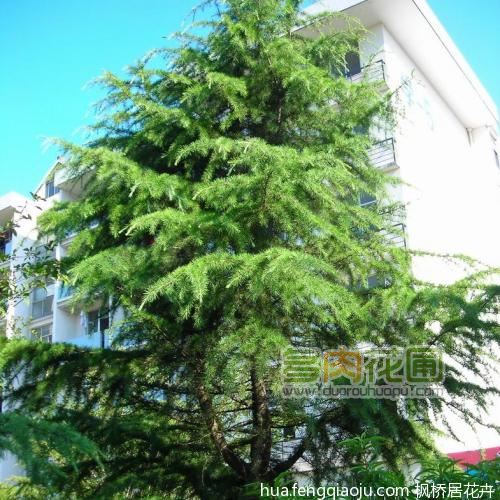
What if the leaves of Cunninghamia lanceolata are withered and yellow and fall off? due to the soil hardening caused by pot planting for too long, or because the indoor light is too poor for a long time, it often leads to only the top 2-3 whorls of branches and leaves, and the lower leaves are withered and yellow and fall off, forming the lower part completely barefoot or partially barefoot, losing its due ornamental value.
2019-03-06 -
Key points of sowing and cutting Propagation of Cunninghamia lanceolata

Cunninghamia lanceolata is an evergreen tree of Taxodiaceae. Its leaves are dark green and the whole plant is graceful and dignified. Now many flower friends will make bonsai to decorate the hall and hall. So how should southern fir reproduce?
2018-06-30 -
The picture of the leaves of Cunninghamia lanceolata, are the seedlings afraid of flooding? the price of 3 cm and 5 cm seedlings
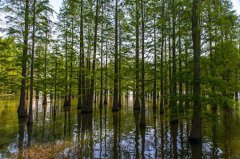
Cunninghamia lanceolata is a kind of Cunninghamia lanceolata, deciduous trees, also known as cypress, its growth vitality is very strong, if you want to plant well-fed Cunninghamia lanceolata species, this kind of Chinese fir is optional. What are the main characteristics of it? Let's take a look.
2019-04-02 Cunninghamia lanceolata leaves yes pictures sequoia saplings fear flooding Mochi -
Where is Chinese fir suitable for planting? What is its economic value?

Cunninghamia lanceolata, also known as sand tree, sand tree, Cunninghamia lanceolata, belongs to the order Cypress, Cunninghamia lanceolata, flowering in April, cones mature in late October, then, where is Chinese fir suitable for planting? What is its economic value? Where is Chinese fir suitable for planting? Chinese fir is a subtropical tree.
2020-11-09 Cunninghamia lanceolata suitable where planted it has what economy -
The latest culture methods of southern fir

Cunninghamia lanceolata, Cedar pine, Japanese golden pine, North American redwood and golden pine are known as the five major park tree species in the world, native to the southeast coastal area of Oceania, and now Guangdong, China.
2020-11-10 The latest Cunninghamia lanceolata aquaculture method Cedar aka Australia -
Matters needing attention in the culture of southern fir

Matters needing attention in the culture of southern fir
2019-02-28 -
Key points of Cuttage Propagation of Cryptomeria fortunei

Cunninghamia lanceolata, also known as Cunninghamia lanceolata, Cunninghamia lanceolata, Cunninghamia lanceolata and so on, is often cultivated as foliage plants in China. Now many flower friends will make different-leaf southern fir into bonsai, which is also of high ornamental value. Artificial propagation of Cryptomeria fortunei can be done by cutting.
2018-07-01 -
How to grow Nanyang fir in pot and how to shape it
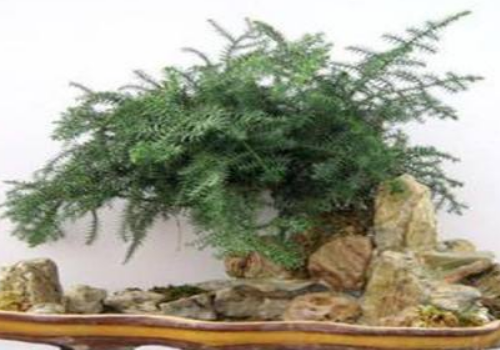
Cunninghamia lanceolata is highly ornamental and is now often used in bonsai. How to raise Nanyang fir in pots? How to shape: how to raise the Nanyang fir pot: 1. When you begin to transplant into the pot, first remove the fir from the original flowerpot and remove a certain amount of soil from the lower part, but do not remove it completely so as not to damage the roots.
2019-01-20 -
Culture method of bonsai of Cunninghamia lanceolata

The potted soil of southern fir bonsai can be mixed with rotten leaf soil, garden soil and river sand. Clear water should be often sprayed on the leaves in dry season and summer, and proper shade should be paid attention to in summer to avoid exposure. Starting from the germination of new buds in spring, pay attention to topdressing 1-2 times a month.
2020-11-11 Cunninghamia lanceolata bonsai aquaculture method sequoia -
Introduction of Cunninghamia lanceolata varieties what are the characteristics of Cryptomeria fortunei
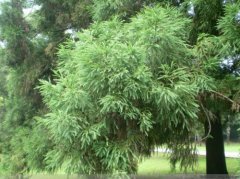
Cryptomeria fortunei is a variety of Cunninghamia lanceolata, which belongs to Taxodiaceae and Cryptomeria. It is so named because its leaves are smaller and shorter than other Chinese fir varieties, so it is called Cryptomeria fortunei. This
2019-04-02 Cunninghamia lanceolata varieties introduction short leaves Cryptomeria fortunei willow pictures characteristics -
How much is the price of deciduous Arbor Cryptomeria fortunei seedlings? What's the difference between metasequoia and metasequoia? How to grow and cultivate?
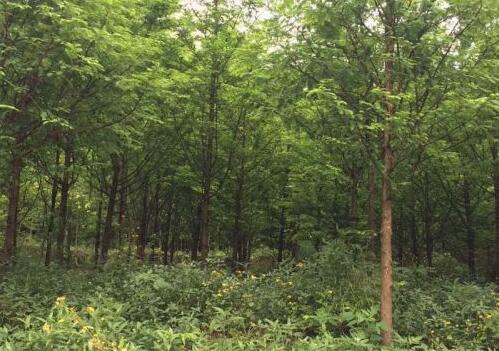
Cunninghamia lanceolata, also known as cypress, marsh feather pine, deciduous trees, up to 25 meters high. Like deep, loose and moist acid soil, flowering in March and fruit ripening from October to November. How much is the price of that sequoia seedling? What's the difference between metasequoia and metasequoia? How to grow and cultivate? How much is the price of Sequoia chinensis seedlings?
2019-04-09 -
What does the picture of sequoia look like? What are the characteristics of Cunninghamia lanceolata? what is the flower language?
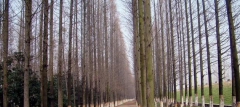
Do you know Sequoia? Cunninghamia lanceolata is a Chinese fir plant and an evergreen tree. Its wood is so strong that it was used as the material of ships in ancient times. Now it has a wide range of use. Cunninghamia lanceolata, mainly growing at 2500 meters above sea level and 4000 meters above sea level.
2019-04-02 Line fir picture is what kind of line fir tree have what you -
How to shape the bonsai of Cryptomeria fortunei
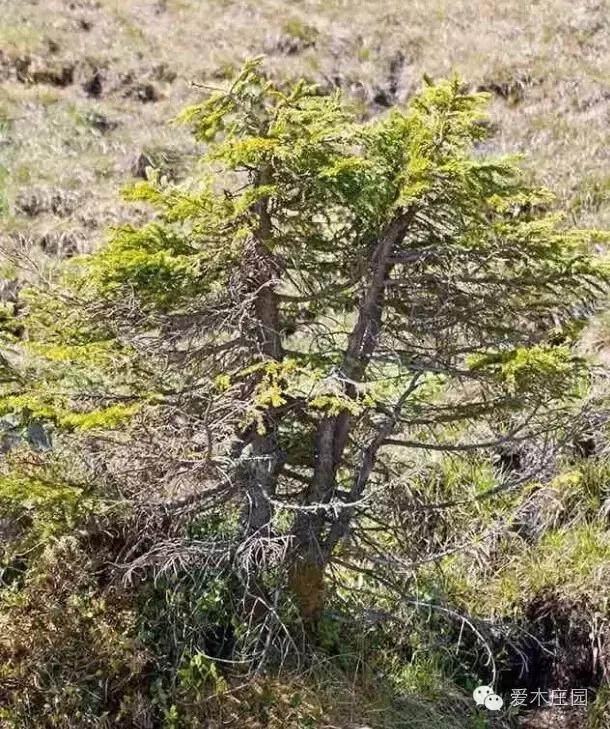
Two-pole southern fir bonsai culture AraucariacunninghamiiSweet, trees, in origin up to 60-70 m long, DBH more than 1 m, bark grayish brown or dark gray, thick, transversely lobed; big branches flat or obliquely extended, young crown pointed, old branches flat
2019-05-16
